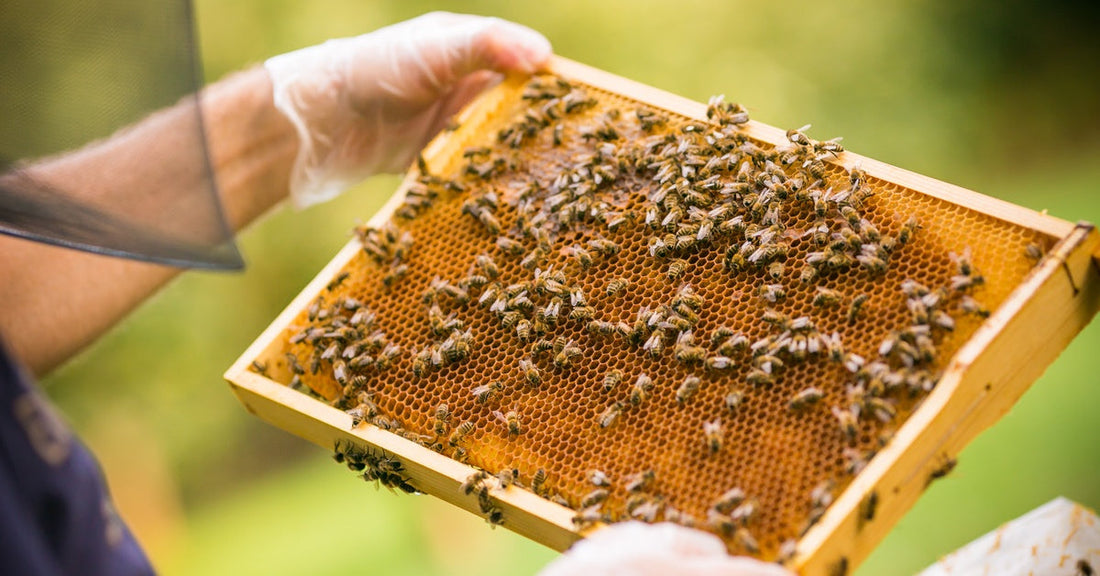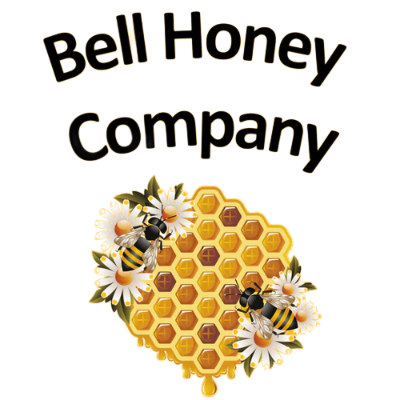
How Honey Producers Ensure Quality From Hive to Jar
Share
A spoonful of golden honey swirling into a warm cup of tea is one of life’s simple pleasures. But have you ever stopped to think about the incredible journey that honey takes before it reaches your pantry?
The process is a delicate partnership between nature and knowledgeable beekeepers. It begins long before the first drop is ever harvested and involves a deep commitment to the well-being of the bees and the purity of their sweet creation. True quality isn't just a label on a jar; it's a promise that starts in the heart of the hive.
Nurturing Every Tiny Member of the Colony
The foundation of exceptional honey is a thriving, healthy bee colony. Honey producers who prioritize quality understand that their primary role is to act as stewards for their bees. This means creating an environment where these amazing insects can flourish, stay healthy, and do what they do best.
It’s a responsibility that involves providing the right conditions and protecting the bees from harm, ensuring the entire colony remains strong and productive.
Giving Bees Freedom to Roam
For bees to produce the most flavorful and nutrient-rich honey, they need access to a diverse array of flowers. Responsible beekeepers strategically place their hives in locations rich with natural forage, from wildflower meadows to blossoming fruit orchards.
This freedom to roam allows bees to collect nectar from various sources, which not only gives the honey its unique regional taste but also ensures the bees receive a well-rounded diet.
Offering Enough Living Space
Just like people, bees need adequate space to live and work comfortably. A crowded hive can lead to stress, disease, and even the colony splitting in a process known as swarming.
Diligent beekeepers constantly monitor their hives and add more boxes, or "supers," as the colony grows. This gives the queen ample room to lay her eggs and provides the worker bees with plenty of space to store honey and pollen.
Ensuring the hive never becomes overcrowded is a key practice for maintaining a calm, productive, and healthy colony.
Protecting From Pests
Mites, beetles, and other invaders can weaken or destroy a colony if left unchecked. Quality-focused honey producers use integrated pest management strategies that protect the bees without contaminating the hive or the honey.
This often involves using natural, bee-safe methods and avoiding harsh chemicals whenever possible. By proactively protecting their colonies from these dangers, beekeepers safeguard the health of their bees, which directly translates to the purity and safety of the honey you enjoy.
Harvesting the Honey Safely

With a strong hive buzzing with activity, the next step for honey producers to ensure quality from hive to jar is the harvest. This is a critical phase where care and precision are paramount. The goal is to collect the excess honey without causing stress to the bees or introducing any contaminants into the final product.
Ethical and skilled beekeepers have refined their techniques over generations to ensure this process is gentle, clean, and respectful to the colony that worked so hard to produce the honey.
Kind Beekeeping Practices
After all their hard work, the bees deserve respect. Ethical beekeepers use calm and gentle methods to remove honey from the hive.
Instead of harsh chemicals to drive bees away from the honeycombs, many use a puff of cool smoke or a spritz of sugar water to gently encourage the bees to move aside. Some skilled beekeepers, with a gentle touch, can even work without any deterrents.
This approach minimizes stress on the colony and ensures the bees can quickly return to their normal activities. This practice honors the bees' contribution and reflects a deep appreciation for these vital pollinators.
Keeping a Clean Environment
Every piece of equipment that comes into contact with the honey, from the hive tool used to pry open the frames to the extractor that spins the honey out, must be thoroughly cleaned and sanitized. Honey producers are meticulous about keeping their workspace free of debris and ensuring they don’t mix anything with the pure honey.
This commitment to cleanliness is a non-negotiable part of producing a safe and high-quality product for you.
Preserving the Sweetness of Every Drop in the Jar
Once we harvest the honey, the focus shifts to preserving its natural quality all the way to the final jar. This stage is all about minimal intervention.
The best honey is the one that is closest to its original state from the hive. Honey producers dedicated to quality from hive to jar avoid any processes or additives that would alter the honey's natural flavor, texture, and beneficial properties. It’s about bottling the pure essence of the bees' hard work.
Straining Honey with the Right Methods
Raw honey straight from the comb often contains small bits of beeswax, pollen, and other hive particles. While these are natural, most consumers prefer a clear, smooth product. To achieve this, producers strain the honey, but the method matters.
Quality producers use a coarse straining process that removes larger debris while leaving the beneficial pollen and enzymes intact. This gentle approach ensures the honey retains all its natural goodness, unlike harsh filtering methods that can strip honey of its unique characteristics.
Avoiding Preservatives or Other Additives
Pure, raw honey is naturally antibacterial and has an incredibly long shelf life. It never truly spoils. For this reason, there is absolutely no need to add preservatives or other artificial ingredients.
When you buy from a trusted producer, you can be confident that you are getting nothing but 100% pure honey, just as nature intended.
Bottling Up the Best Product

The final step is to bottle this liquid gold. We maintain quality here by using clean, food-grade glass jars that protect the honey's flavor and purity.
Once we’ve filled and sealed the jar, it's ready for its label. Here at Bell Honey, when we place our label on a jar, it represents more than just a brand. It’s our seal of approval and a promise to you that the honey inside has been cared for with the utmost respect and dedication at every single step, from the hive to your home.
Experience the Bell Honey Difference
The journey from a buzzing hive to a sweet jar of honey is one of passion, dedication, and deep respect for nature. It involves nurturing bees, harvesting with care, and preserving the honey’s natural perfection without compromise. Now that you know the incredible effort that goes into every single drop, you can appreciate your next spoonful even more.
Choose honey from producers who commit to this entire process. We invite you to taste the difference for yourself and enjoy the pure, delicious quality of Bell Honey in every jar.
